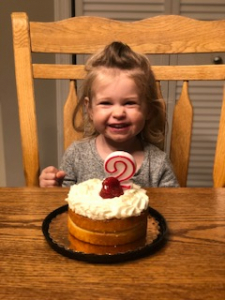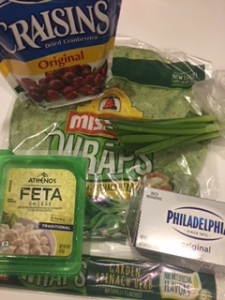You’ve probably wondered, as you struggled to keep your eyes open amidst all the Thanksgiving Day football & family chatter, “is it the turkey that’s making me sleepy”?
Here’s the chemistry involved: turkey contains L-Tryptophan, an amino acid involved in sleep; your body uses that to produce a B vitamin called niacin, which generates the neurotransmitter serotonin, which yields the hormone melatonin, which helps regulate your sleeping patterns. But, plenty of other common foods contain similar amounts of tryptophan, including other poultry, meat, cheese, yogurt, fish, eggs, and others.
Moreover, for tryptophan to produce serotonin in your brain, first it has to cross the blood-brain barrier, which a lot of other amino acids are also trying to do. To give tryptophan a leg up in the competition, it needs the help of carbohydrates. Eating a small, all-carbohydrate snack a little while after you’ve eaten something containing tryptophan, will help the carbs will ferry that tryptophan from your bloodstream to your brain.
Thanksgiving isn’t about eating small, well-timed snacks, however; it’s more about mounds of mashed potatoes, mountains of stuffing, and moats of gravy. Combine that with alcohol, and you’re more than likely going to collapse into a spectacular food coma after the meal. Your body has to work extra hard to digest when you overeat (especially high-fat foods), redirecting blood to the digestive system & leaving little energy for anything else. And, since alcohol is a central nervous system depressant, it also slows your brain & other organs down.
In short, you can still hold turkey responsible for your Thanksgiving drowsiness, but you should also make sure that the mac & cheese, spiked apple cider, and that second piece of pumpkin pie also share the blame.
Got a Mundane Mystery you’d like solved? Send me a message via social media (@AndyWebbRadioVoice), or shoot me an email at [email protected].


 Yesterday we celebrated my baby girl turning TWO years old…wow did that fly by fast.
Yesterday we celebrated my baby girl turning TWO years old…wow did that fly by fast. She took a great 3 hour nap…I think from all of the excitement to come she wore herself out…then we opened presents!
She took a great 3 hour nap…I think from all of the excitement to come she wore herself out…then we opened presents! Brought to you by
Brought to you by 


